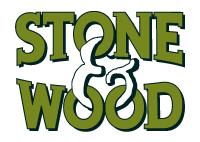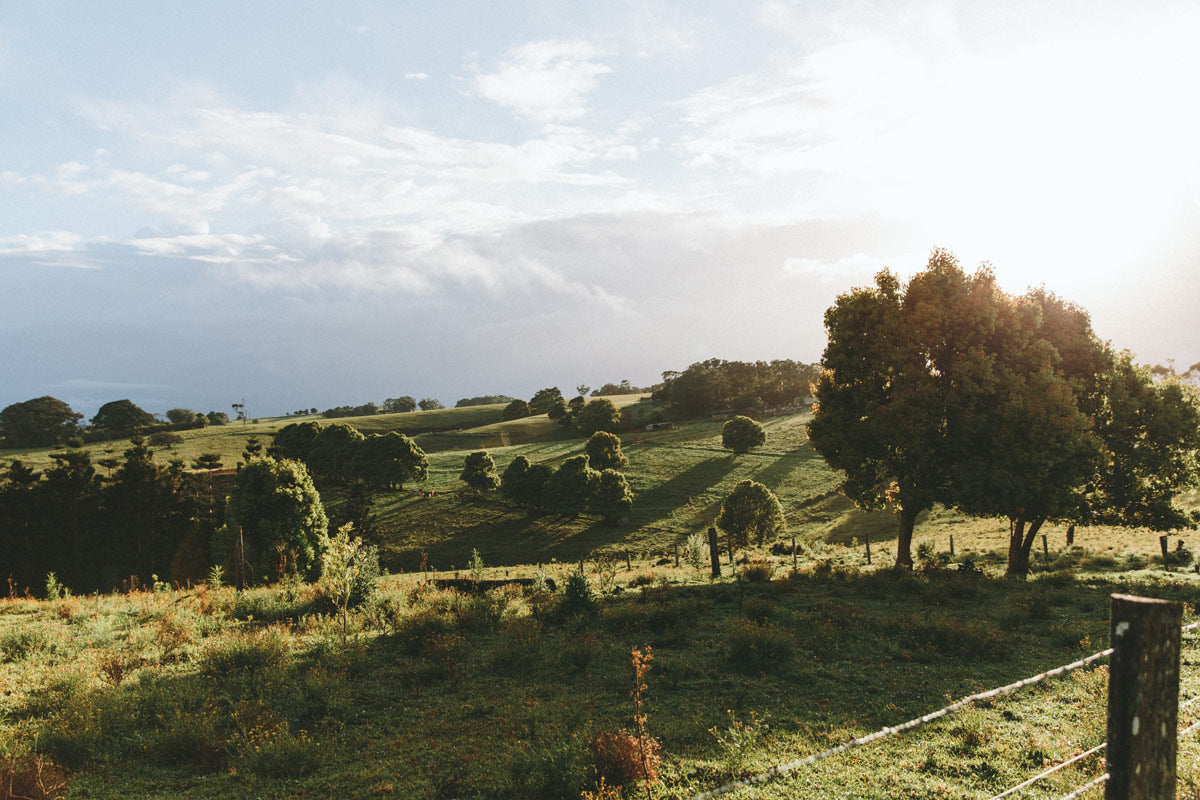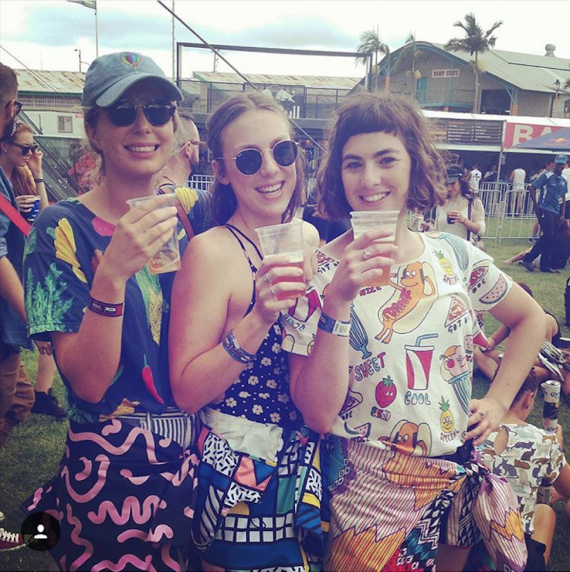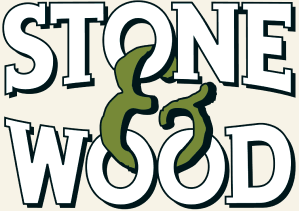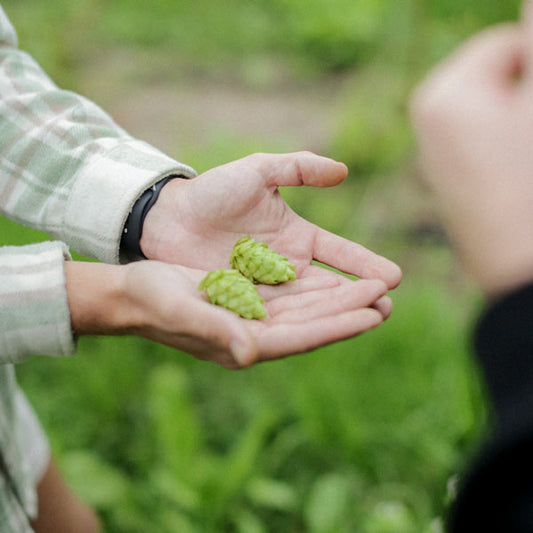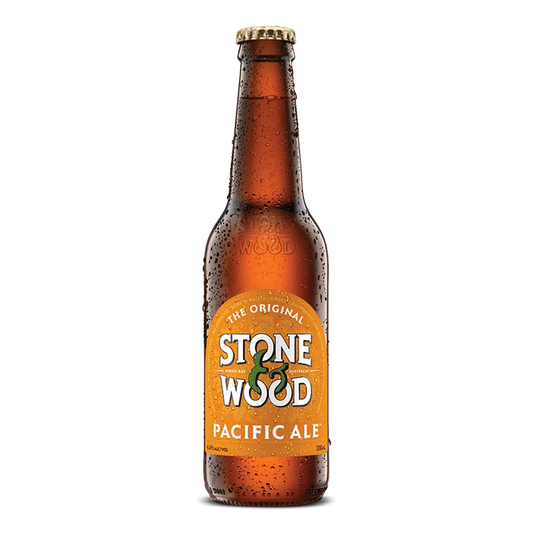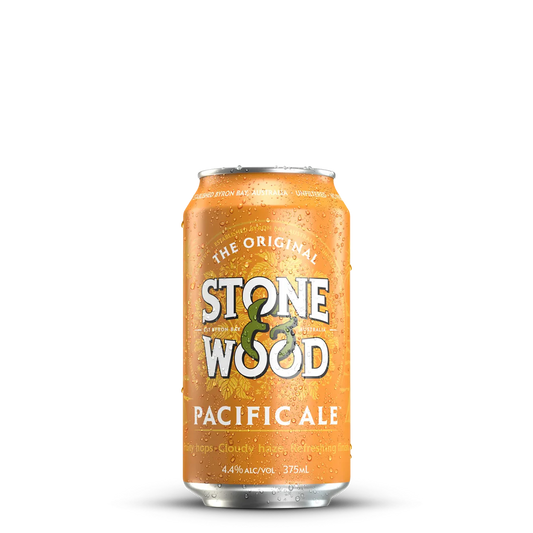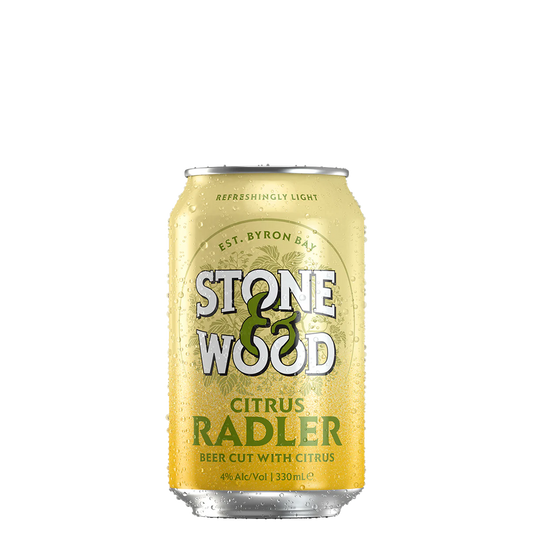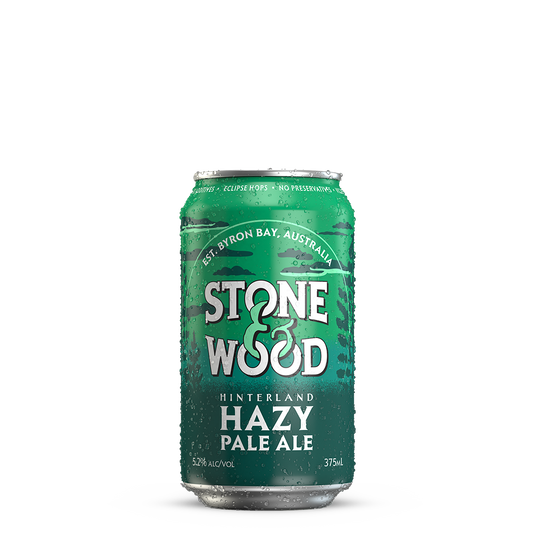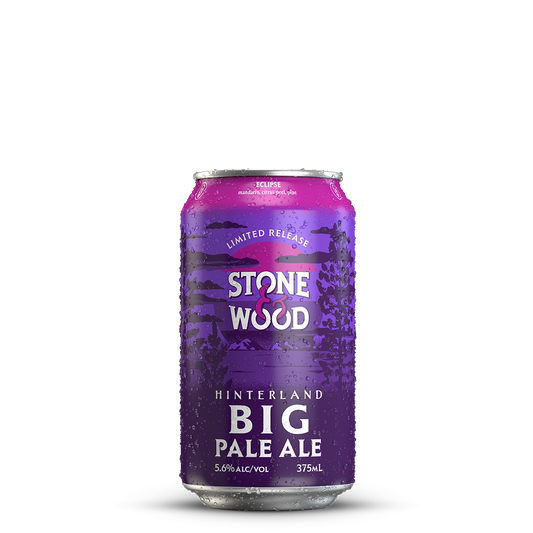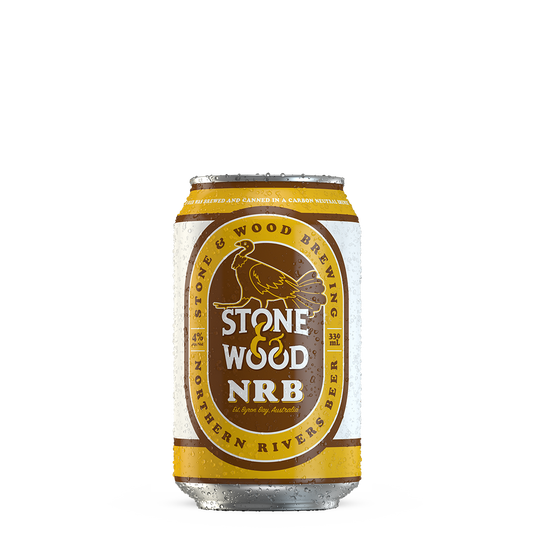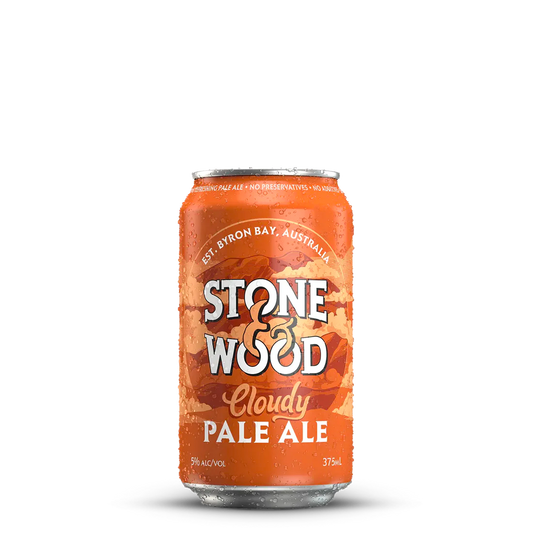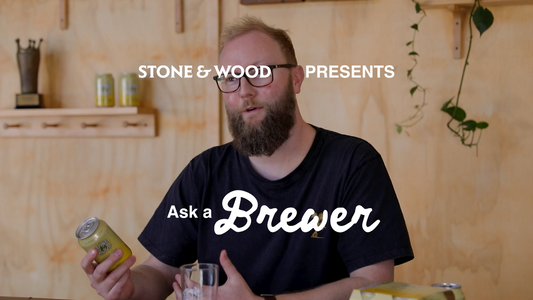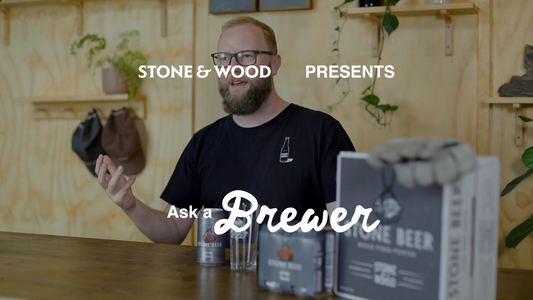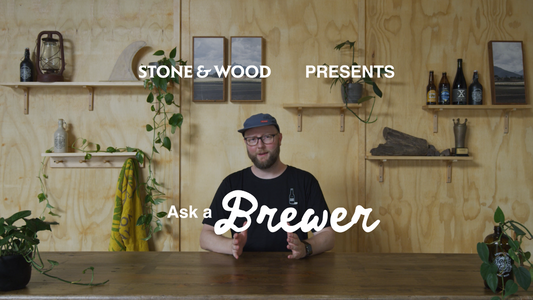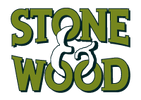Welcome back to Ask a Brewer, our Q&A series where head brewer Caolan dives into the questions you’ve always wanted to ask.
In this episode, Caols squeezes into the citrusy world of our Citrus Radler, from what makes Stone & Wood’s take so zesty, to how it’s brewed for ultimate refreshment, and of course, what to do when life hands you lemons 🍋
Whether you’re a beer nerd or just keen to know what goes into your can, this one’s a goodie. Got a question for Caolan?
Drop it in the comments and you might see it featured in the next episode!
